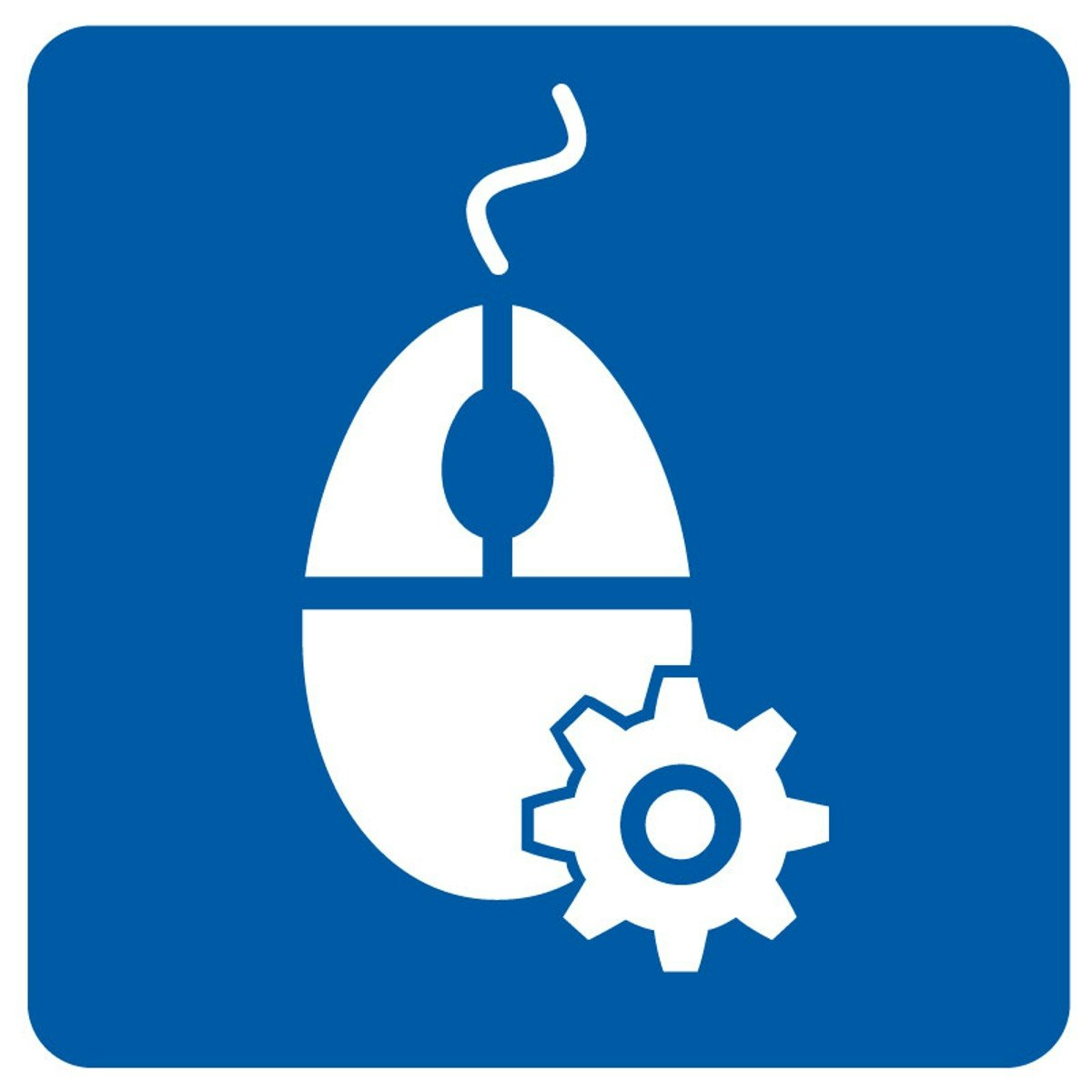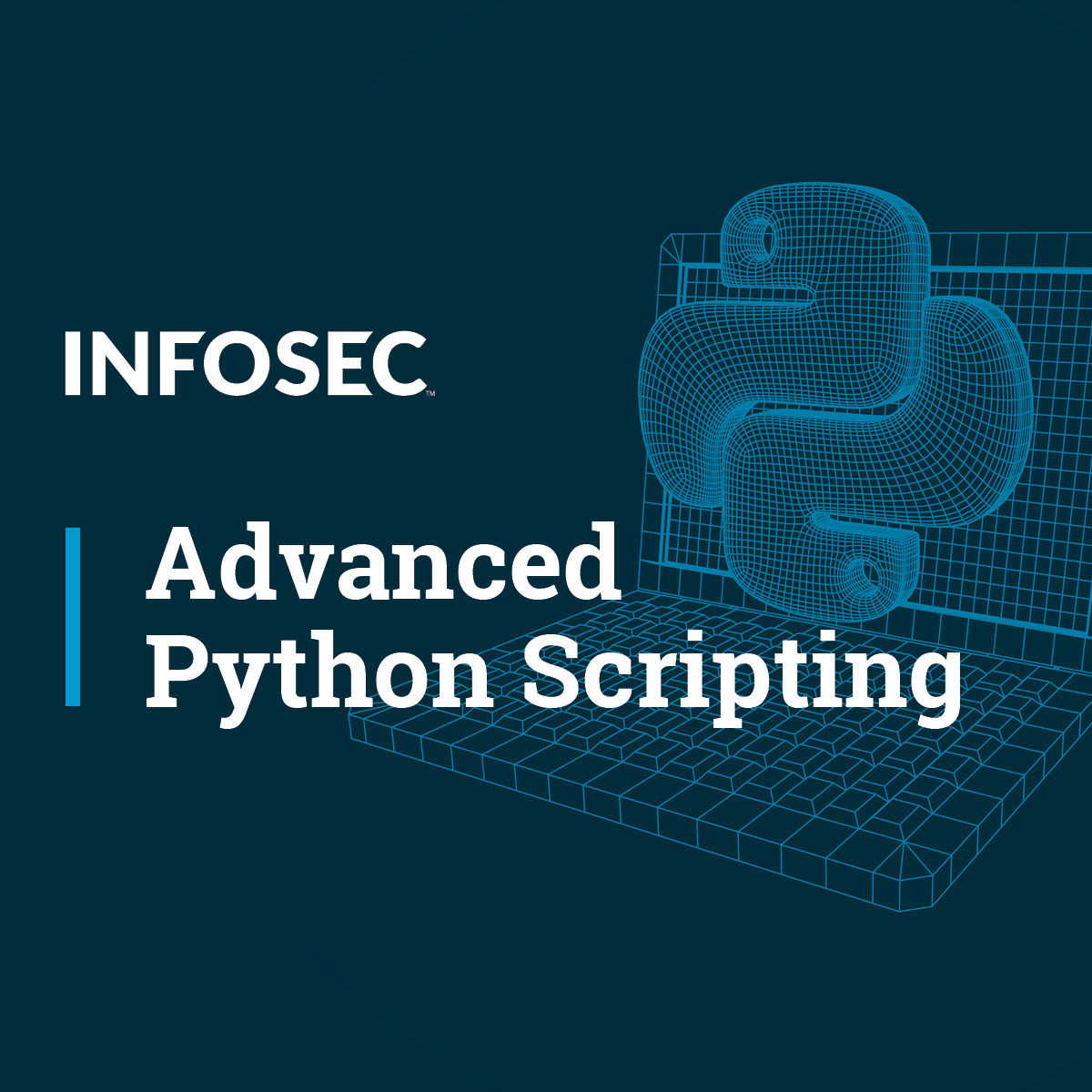Back to Courses









Computer Science Courses - Page 220
Showing results 2191-2200 of 2309

Predict Future Product Prices Using Facebook Prophet
In this 1-hour long project-based course, you will be able to:
- Understand the theory and intuition behind Facebook times series forecasting tool
- Import Key libraries, dataset and visualize dataset
- Build a time series forecasting model using Facebook Prophet to predict future product prices
- Compile and fit time series forecasting model to training data
- Assess trained model performance
Note: This course works best for learners who are based in the North America region. We’re currently working on providing the same experience in other regions.

Risk Management: Use of Access Controls to Protect Assets
Course 2: Understanding Risk Management Options and the Use of Access Controls to Protect Assets
In this course, we will focus on understanding risk management options and the use of access controls to protect assets. We will start by examining the basic steps that must be in place to develop a security culture within the organization and impacting policies. We will also look into how to write and use them to enforce security requirements. Then we will move on to the actual business of controlling how our systems, services, resources, and data can be accessed safely by authorized persons. We will also cover access control models like MAC, DAC, RBAC, and conclude the chapter with an examination of both LAN and WAN identity management.
Course 2 Learning Objectives
After completing this course, the participant will be able to:
L2.1 - Provide examples of the types of functional security controls and policies for identified scenarios.
L2.2 - Classify various access control models.
L2.3 - Identify components of identity management lifecycle.
L2.4 - Recognize access control and authentication methods.
Course Agenda
Module 1: Document, Implement, and Maintain Functional Security Controls (Domain 1 - Security Operations and Administration)
Module 2: Access Controls Models (Domain 1 - Security Operations and Administration, Domain 2 - Access Controls)
Module 3: Identity Management Lifecycle (Domain 2 - Access Controls)
Module 4: Implement and Maintain Authentication Methods (Domain 2 - Access Controls, Domain 6 - Network and Communication Security)
Who Should Take This Course: Beginners
Experience Required: No prior experience required

Deploying a Python Flask Web Application to App Engine Flexible
This is a self-paced lab that takes place in the Google Cloud console.
In this lab, you will learn how to use App Engine Flexible with Python’s Flask framework. You’ll deploy a web application that allows users to upload photos of people’s faces and do simple facial recognition with the Cloud Vision API.

How to use the blend tool in Adobe Illustrator
In this project you will learn how to use the blend tool in Adobe Illustrator.
This tool allows you to blend colors together, and even make 3D looking designs using some simple steps. This tool elevates your value as a graphic designer and being able to use it and understand how it's used it's awesome. Many tools are ignored in Adobe Illustrator and what makes you shine and be the graphic designer your client needs it's to be able to use any tool to make your job even better.
In this guided project you'll learn how to use the blend tool and you'll apply designs in every scenario. The blend tool lets you blend colors and shapes to create very intriguing and unique designs. I hope you are excited to learn more about Adobe Illustrator and let's go ahead and start.

Introduction to Front-End Development
Welcome to Introduction to Front-End Development, the first course in the Meta Front-End Developer program.
This course is a good place to start if you want to become a web developer. You will learn about the day-to-day responsibilities of a web developer and get a general understanding of the core and underlying technologies that power the internet. You will learn how front-end developers create websites and applications that work well and are easy to maintain.
You’ll be introduced to the core web development technologies like HTML and CSS and get opportunities to practice using them. You will also be introduced to modern UI frameworks such as Bootstrap and React that make it easy to create interactive user experiences.
By the end of the course, you will be able to:
- Describe the front-end developer role
- Explain the core and underlying technologies that power the internet
- Use HTML to create a simple webpage
- Use CSS to control the appearance of a simple webpage
- Explain what React is
- Describe the applications and characteristics of the most popular UI frameworks
For the final project in this course, you will create and edit a webpage using HTML and the Bootstrap CSS framework. Using a responsive layout grid, you will construct a responsive webpage containing text and images that looks great on any size screen.
This is a beginner course intended for learners eager to learn the fundamentals of web development. To succeed in this course, you do not need prior web development experience, only basic internet navigation skills and an eagerness to get started with coding.

Deploy Microservices using Spring Cloud Framework
By the end of this project you will use the Spring Cloud Framework to deploy a pair of microservices that will be used to inject random numbers into math quiz questions.
Microservices are simply a set of small applications that communicate with one another to create an application. The advantages of using Microservices is that they are quick to develop and test. In addition, they scale well when demand increases for one part of the application, and they are easier to maintain since each Microservice is not strongly coupled to the other.
Note: This course works best for learners who are based in the North America region. We’re currently working on providing the same experience in other regions.

Java Servlet Pages (JSPs)
This course will provide an overview of JSP and show the power of using Scripting Elements. Additionally, key JSP Directives are covered. We’ll do an overview of JSP Tags and introduce how to create and access Java Beans to manipulate their properties. We explore JSP Expression Language, examining the rules, syntax, and the most commonly used implicit objects. We also cover standard tags and JSTL.

Combine Multiple Pieces of Data in SQL
In this project, you will use MySQL Workbench to write SQL queries that concatenate or combine multiple data values. Since a database is typically designed to store pieces of data at the atomic level, it is often necessary to put pieces back together to make data more useful to a user. A good example of that would be concatenating a customer’s first name and last name to produce a mailing label.

Draw an Isometric House with Inkscape
By the end of this project, you’ll be able to create an isometric vector graphic of a house. You’ll build an image with Inkscape, a free vector graphics program, which allows you to build graphics with clear lines and vivid colors. Since the images are vector-based, you’ll also have the flexibility to edit and resize them again and again—all while keeping the best image quality.
During this project, you’ll learn how to create an axonometric grid, then use that grid to draw the walls, roof, and windows of the house. Once you’ve drawn the basic shapes, you’ll add details and accessories (like a front door). Next, you’ll use color and shading to add depth and dimension to the graphic. Last, you’ll learn how to export your work in vector and raster formats.
By the end of the project, you’ll be comfortable planning and creating isometric designs with Inkscape.
Note: This course works best for learners who are based in the North America region. We’re currently working on providing the same experience in other regions.

Defensive Python
This course demonstrates the use of Python for network analysis to detect and hijack suspicious connections.
